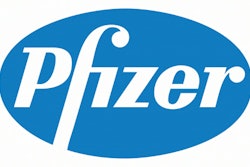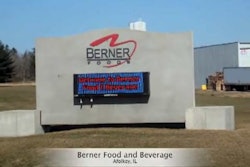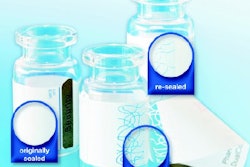Before finding a vendor, the company determined that its solution would require that the product be lifted by a forklift, and function within the 2° to 8° C temperature range, without deviations. It had to ship from virtually any global location to any other global location by air within 120 hours. “We wanted our high-risk, high-value products to be shipped in this container that would need to handle multiple products where necessary,” says Glauser.
The company sought an active solution and conducted bracketed mass, volume, time, and temperature testing. It also observed battery life, alarm systems, cooling capacity, and determined how well it preconditions. “In other words,” Glauser explains, “How long does it take to come to temperature and when you open a door, how does that temperature respond once you’ve opened it and closed it in a controlled room temperature environment? How integrated is it from an operating standpoint? Is it simple to operate? Are the read-outs easy to use? Can warehouse floor people operate it and get it set up without much of an issue? Is the operator manual simple to use? We used a hybrid methodology so that we could get consistent, repeatable use out of it. It was very important that it met the parameters we described.”
The results of the company’s testing “proved that the AcuTemp container provided us with sufficient accuracy and gave us a good payload volume,” says Glauser.
The company conducted laboratory testing at -20° C to 50°C temperatures and passive hold times to failure, turning on the battery power to determine how long it would last. Other testing results reported by Glauser included the following:
• Thermocouple placement. “We mapped the container as you would validate a stationary refrigerator at a pharmaceutical plant,” he says. “We positioned temperature probes in a three-dimensional pattern throughout the unit to see whether all corners and extreme areas were kept within temperature specifications. You want to capture the worst case, using extreme ambient temperatures for both summer and winter profiles. The container held rock-solid at 5 to 6 degrees C, even at the extreme temperatures that we exposed it to at -15 degrees C for up to 120 hours."
• Regulatory issues. Glauser explains, “All governments ask that operational qualification and performance qualification be filed with the sterile product. That means any biotech or biological and any vaccines need to be covered. Governments want the stability data to be not only in real time, but also accelerated in accordance with the International Conference on Harmonization and Guidelines for stability.”
Glauser said, “My recommendation is to conduct stress profiling to find out what your product can handle and be able to have that data to support how you ship. Have your international guidelines and filings standardized so that each regulatory agency sees the same data and there is no question about what supports the product. Summarize and support that data with your qualification studies and the data itself.”


























